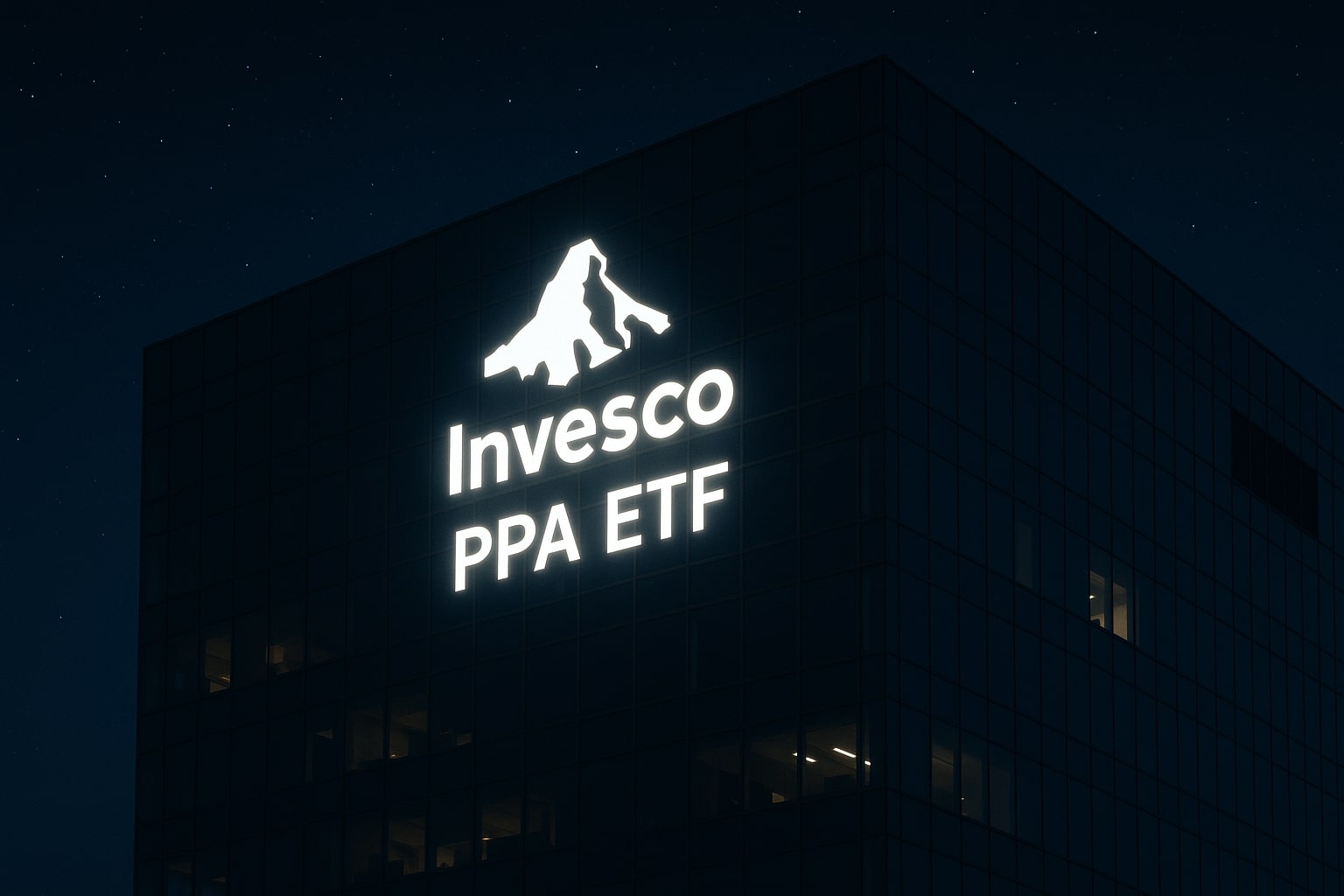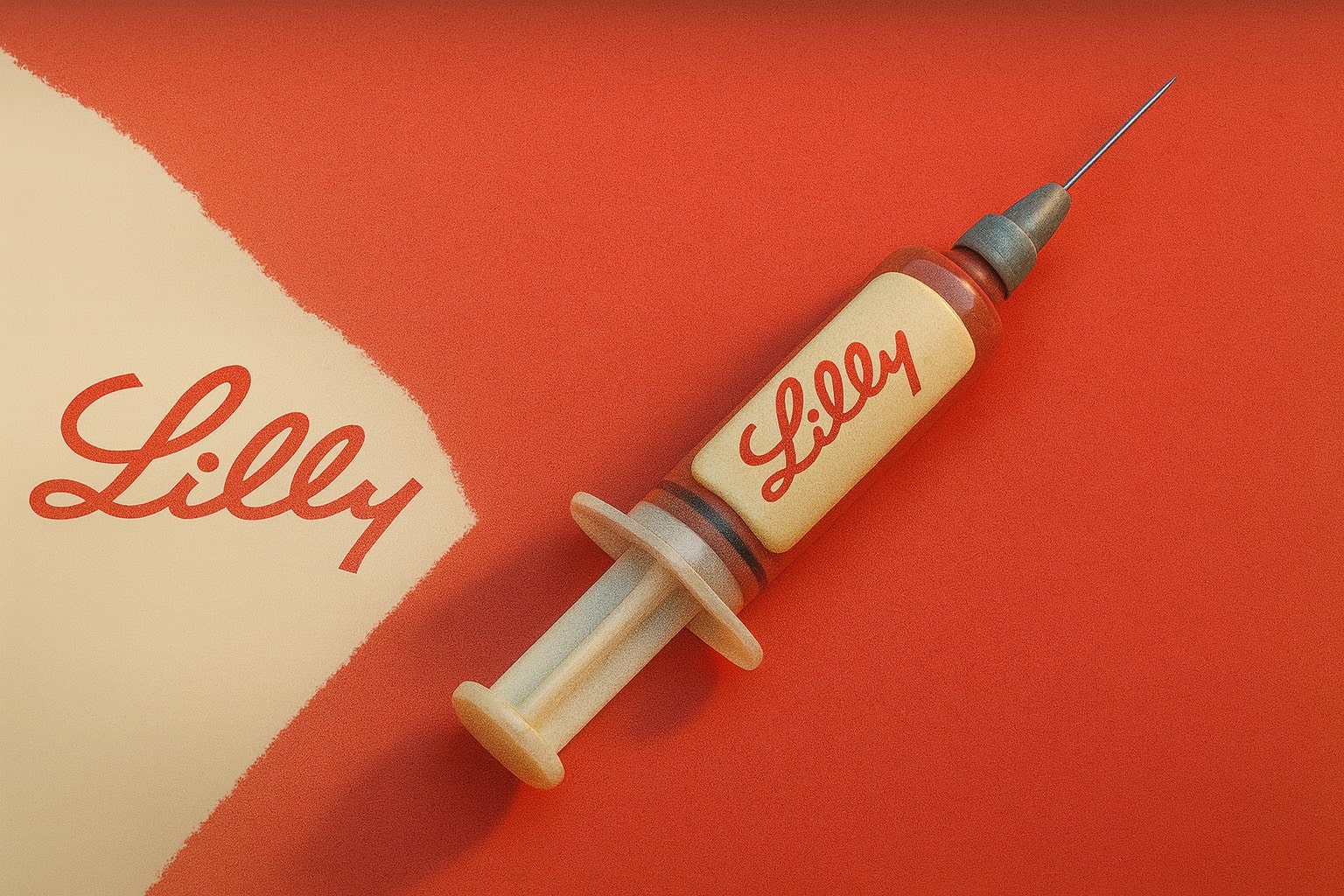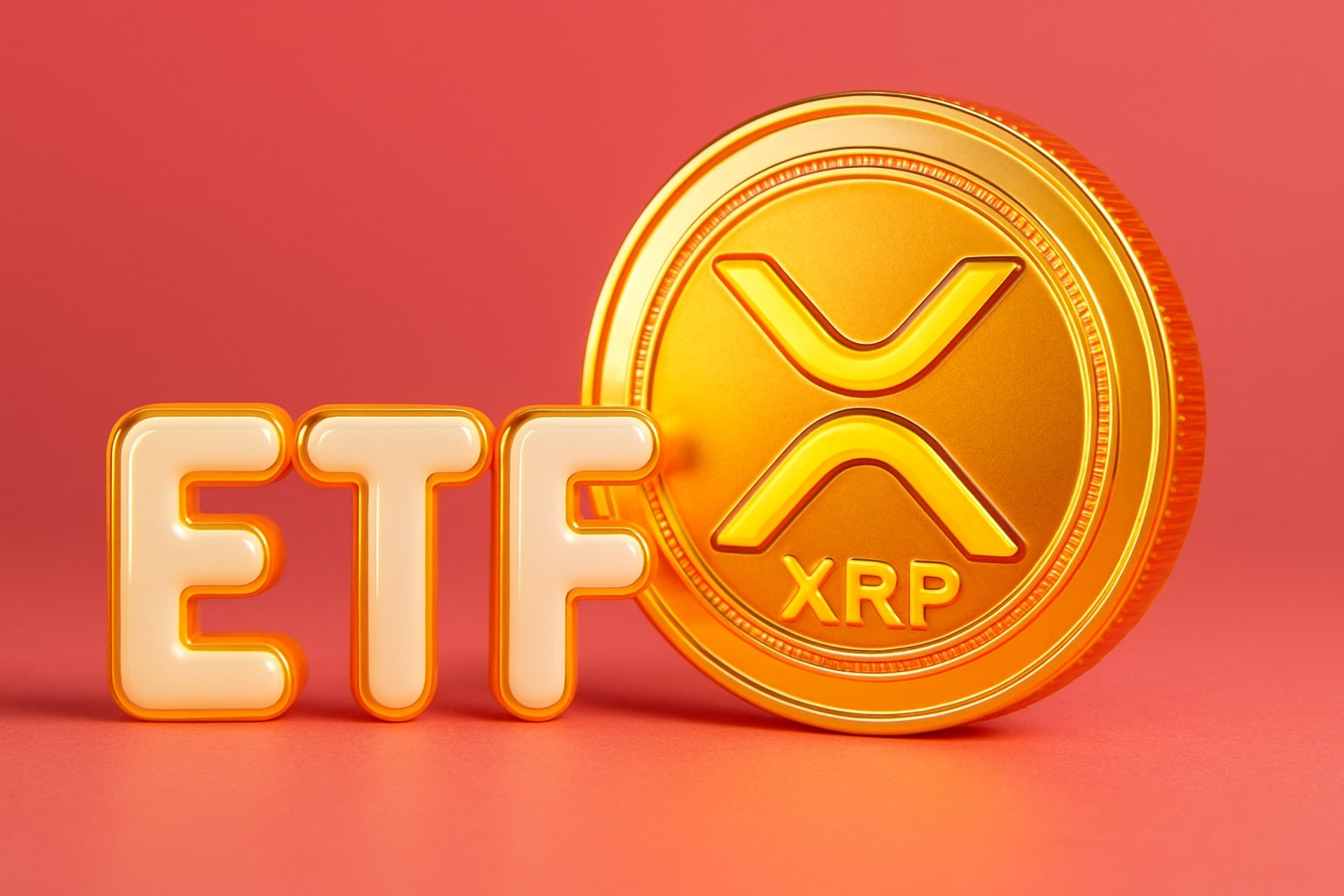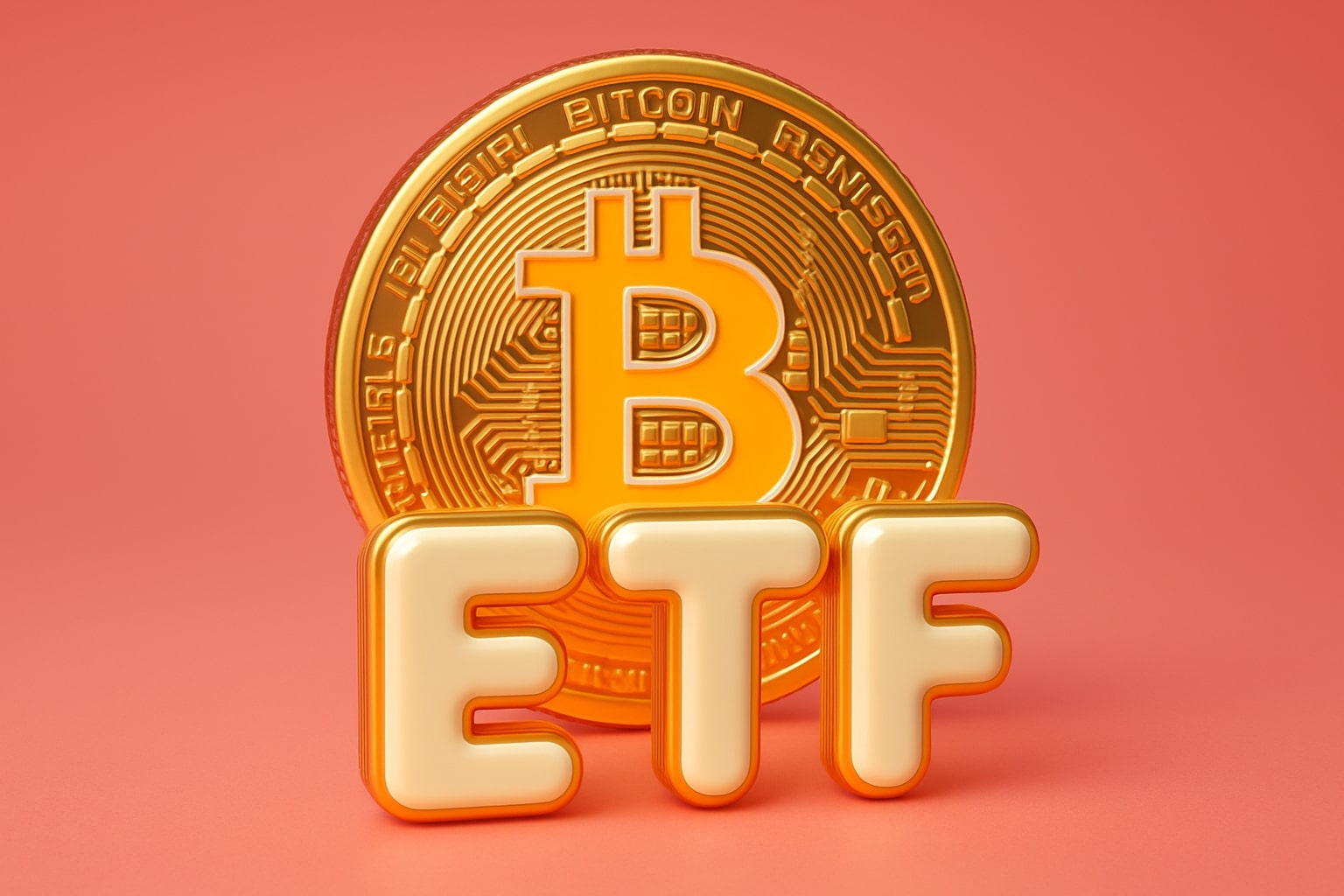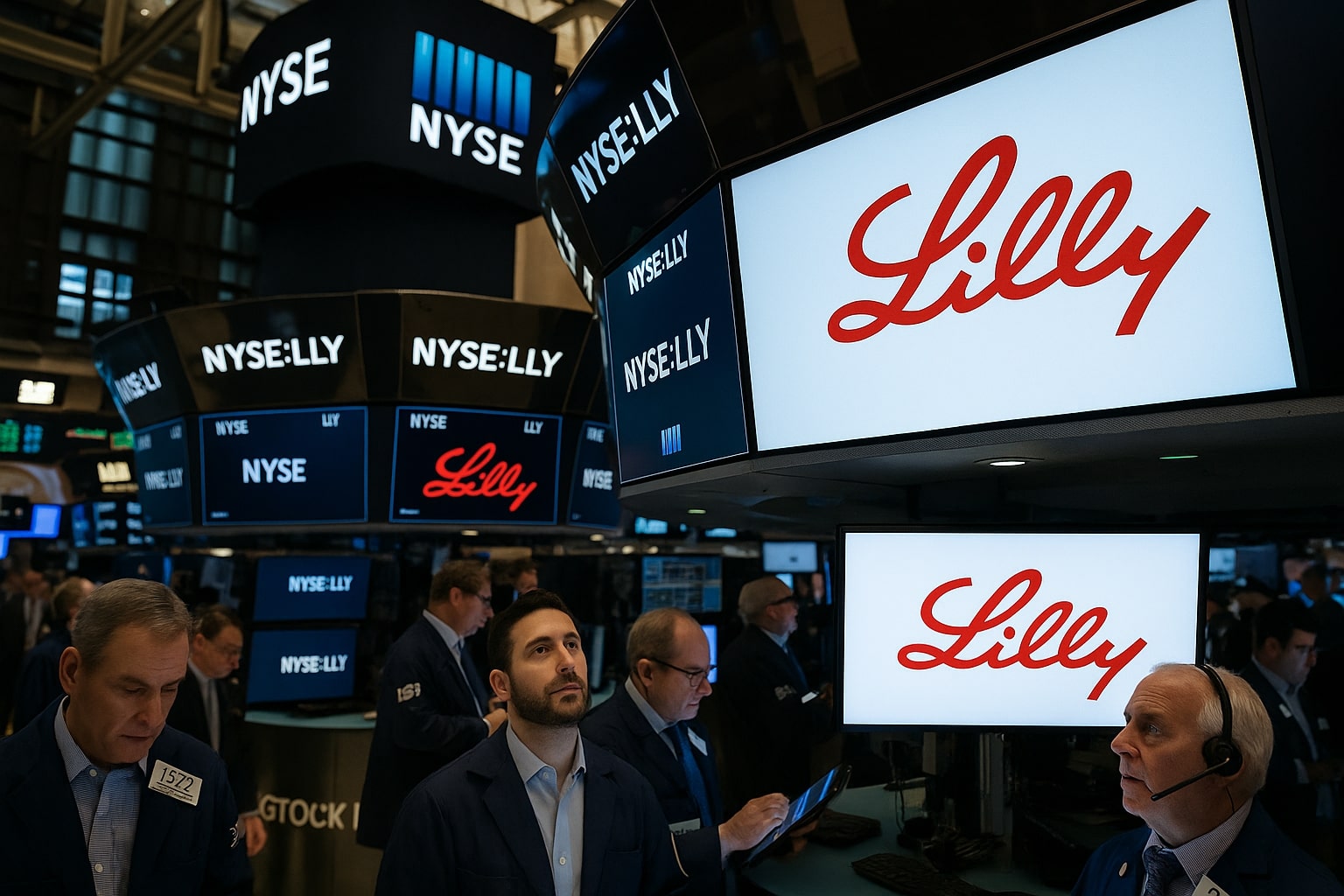
Eli Lilly (NYSE:LLY) Stock Price Holds $732 as GLP-1 Blockbusters Drive Growth Amid Pricing Storm
Mounjaro and Zepbound deliver $8.6B in Q2 sales, orforglipron advances to Phase 3, but Trump’s MFN plan and premium valuation weigh on LLY stock | That's TradingNEWS
NYSE:LLY Stock Holds $732 After Historic GLP-1 Growth and Political Headwinds
Eli Lilly and Company (NYSE:LLY) is trading around $731.72, nearly flat intraday but well below its 52-week high of $969.65, as investors grapple with record earnings powered by obesity and diabetes drugs alongside looming U.S. drug pricing reforms. With a market capitalization of $656 billion, Lilly remains the most valuable pharmaceutical company globally, outpacing peers Johnson & Johnson and Novo Nordisk, but its valuation premium leaves little margin for error in a politically charged landscape.
GLP-1 Franchise Dominates Revenue Mix
Second-quarter 2025 results showed revenue at $15.56 billion, up 38% year over year, while net income nearly doubled to $5.68 billion. The star remains tirzepatide, marketed as Mounjaro for Type 2 diabetes and Zepbound for obesity, which together generated $8.6 billion in Q2 sales. Mounjaro contributed $5.2 billion, and Zepbound added $3.4 billion, making tirzepatide the best-selling drug worldwide, surpassing Novo Nordisk’s Ozempic and Wegovy. Cardiometabolic revenue now accounts for more than half of total company sales, positioning Lilly as the clear leader in this high-growth space.
Pipeline Expansion with Orforglipron and Retatrutide
Beyond injectables, Lilly is preparing to reshape the obesity market with orforglipron, an oral GLP-1 pill that showed 12.4% weight loss at 72 weeks in Phase 3 trials. Despite initial disappointment from Wall Street, additional data confirmed efficacy even in patients with both obesity and diabetes, showing 10.5% weight reduction versus 2.2% with placebo. The drug’s convenience—daily dosing without food restrictions—and scalable manufacturing as a small molecule gives it a cost advantage over Novo’s peptide-based oral semaglutide. Analysts expect $15–20 billion annual sales for orforglipron, making it the next growth engine for Lilly. Retatrutide, a triple agonist in development, has shown 17.5% weight loss in 24 weeks, suggesting the pipeline’s momentum is far from over.
Political Risks and Drug Pricing Battles
While innovation is driving record sales, political reform in Washington poses a threat. President Trump’s Most Favored Nation policy aims to slash U.S. drug prices to match the lowest prices in developed markets, potentially cutting margins by up to 1,500% according to administration rhetoric. Lilly has responded by raising international prices—lifting Mounjaro prices in the U.K. by 170% to about $445 per month—and expanding LillyDirect, its direct-to-consumer platform. Currently, 20% of Zepbound prescriptions are cash-pay through this channel, reducing reliance on insurers and PBMs. Still, payer resistance is visible: CVS recently removed Zepbound from its standard formulary, a setback that could slow near-term prescription growth.
Financial Performance and Balance Sheet Strength
Trailing twelve-month revenue sits at $53.26 billion, with gross profit at $44 billion and operating margin above 45%. Diluted EPS for the period reached $15.30, while forward 2025 guidance projects $22.83 EPS on revenue of $61.7 billion. Free cash flow remains pressured by heavy R&D and manufacturing investments, with –$2.27 billion levered FCF last quarter, though operating cash flow was strong at $10.9 billion. Debt levels are elevated at $39.98 billion, giving a debt-to-equity ratio above 217%, but liquidity ratios (current ratio 1.28) and cash flow suggest manageable obligations.
Valuation Remains a Double-Edged Sword
At a forward P/E of 32.1 and P/S ratio of 12.4, NYSE:LLY trades at a steep premium versus sector averages closer to 20x earnings and 5x sales. The PEG ratio of 1.06 suggests growth justifies part of this valuation, but the stock leaves no room for execution missteps or regulatory shocks. Analyst targets range from $650 on the low end to $1,190 at the high end, with the average near $888, indicating potential upside of about 21% from current levels.
Insider and Institutional Positioning
Institutions own 83.9% of outstanding shares, reinforcing confidence in Lilly’s long-term growth. Insider ownership remains minimal at 0.16%, but all transactions can be monitored directly via LLY Insider Transactions. Short interest is light at just 1.1% of float, showing limited bearish conviction despite the elevated multiples.
Verdict on NYSE:LLY
Eli Lilly continues to deliver unprecedented revenue growth from its GLP-1 portfolio, with tirzepatide already generating $8.6 billion per quarter and orforglipron lining up as the next blockbuster. However, the company faces dual risks: extreme valuation multiples and a hostile U.S. drug pricing environment under Trump’s MFN plan. With shares at $732, down from a high near $970, the risk-reward skews toward caution. For existing holders, the innovation pipeline and global obesity demand justify staying invested. For new investors, NYSE:LLY is a Hold, with the opportunity to buy aggressively on dips below $750, where long-term upside toward a trillion-dollar market cap remains achievable.
That's TradingNEWS
Read More
-
PPA ETF at $154: Can This Defense ETF Keep Beating ITA and SPY?
14.12.2025 · TradingNEWS ArchiveStocks
-
XRP ETFs XRPI and XRPR Pull In $975M While XRP-USD Fights To Hold $2
14.12.2025 · TradingNEWS ArchiveCrypto
-
Natural Gas Price Forecast: NG=F Hits $4.11 As Warm Winter Outlook Puts $3.913 Support At Risk
14.12.2025 · TradingNEWS ArchiveCommodities
-
USD/JPY Price Forecast - Dollar to Yen Can BoJ’s 0.75% Shock Break The 155–158 Range?
14.12.2025 · TradingNEWS ArchiveForex














